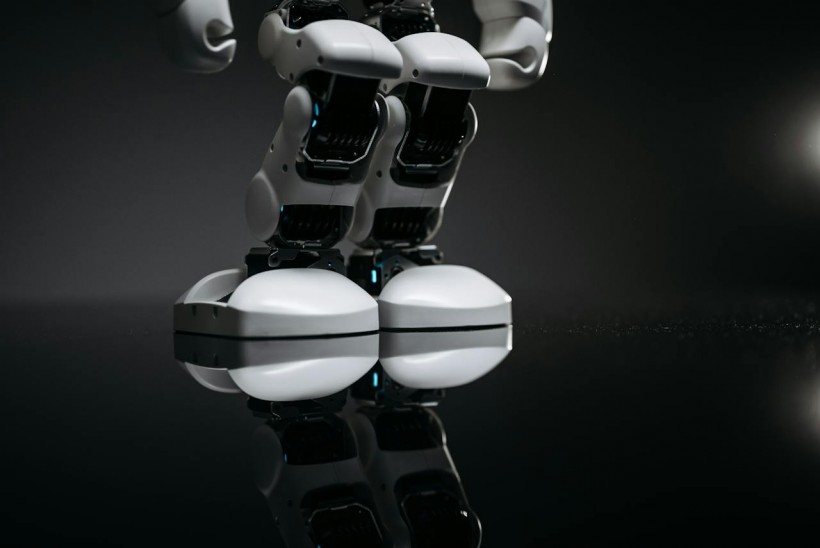Scientists from South Korea's Chung-Ang University introduced a novel wearable robot to assist those with walking difficulties due to muscle weakness, surgery, aging, or other health conditions.

Novel Wearable Robot Helps With Walking
The wearable robot was observed to boost balance while reducing the energy used while walking. Researcher Giuk Lee, who was part of the team behind the study, explains that the paper was mainly inspired by how most gait assistance wearable robots focus primarily on the sagittal plane. The innovation was detailed in the "Effect of hip abduction assistance on metabolic cost and balance during human walking" study.
Lee adds that walking is an activity that works in three dimensions, further stressing other plane movements are equally important.
Unlike other hip abduction assistance robotic systems that were previously proposed, this novel wearable robot focused more on the frontal plane, which is known to support lateral stability and movements while walking.
Co-author Myunghee Kim explains that, traditionally, walking motion research has categorized the functions of lateral balance and forward movements separately. The assistance of the fore-aft direction has only recently been acknowledged for how it affects lateral stability. However, how lateral assistance could affect the walking efficiency of the fore-aft is not explored sufficiently.
ALSO READ: Japanese Researchers To Develop Robotic Arms To Unlock Creativity
Supporting Lateral Movement
The study's key assumption is that walking's metabolic cost, or the energy spent, can be lowered through wearable robots that mirror the natural movement of hip abduction. Lee explains that their wearable robot that helps with hip abduction works on the notion that walking efficiency can be boosted by supporting the direction of the lateral body.
He explains that as they move forward, the body's center of mass naturally moves side to side to maintain balance, which is a process called recovery. During this phase, the muscles of hip abduction are used. The wearable robot specifically helps these muscles. This makes it easier for the person who wears the device to recover their mass with less effort.
The team evaluated the performance of the robot in real-world and simulated environments. The test results were found to show potential, as the wearable device reduced walking's metabolic cost by 11.6% compared to unassisted and typical walking. This came alongside boosting stability and balance.
Lee explains that the study shows that boosting gait efficiency does not mean that the sagittal plane should be the sole focus of the wearable robot, as the motion of walking is three-dimensional. Kim also adds that the study shows how lateral assistance plays a crucial role in boosting walking efficiency by having a more effective transfer of the center of mass of the body from one foot to another. This makes it quite encouraging for those who have lower muscle strength.
It will be crucial to look into how lateral assistance could aid those with limited mobility. This could revolutionize strategies for support and rehabilitation.
RELATED ARTICLE: Calico Robot Assistant: The Tiny, On-Cloth Wearable Device That Can Zip Around Your Clothing
Check out more news and information on Robots in Science Times.














